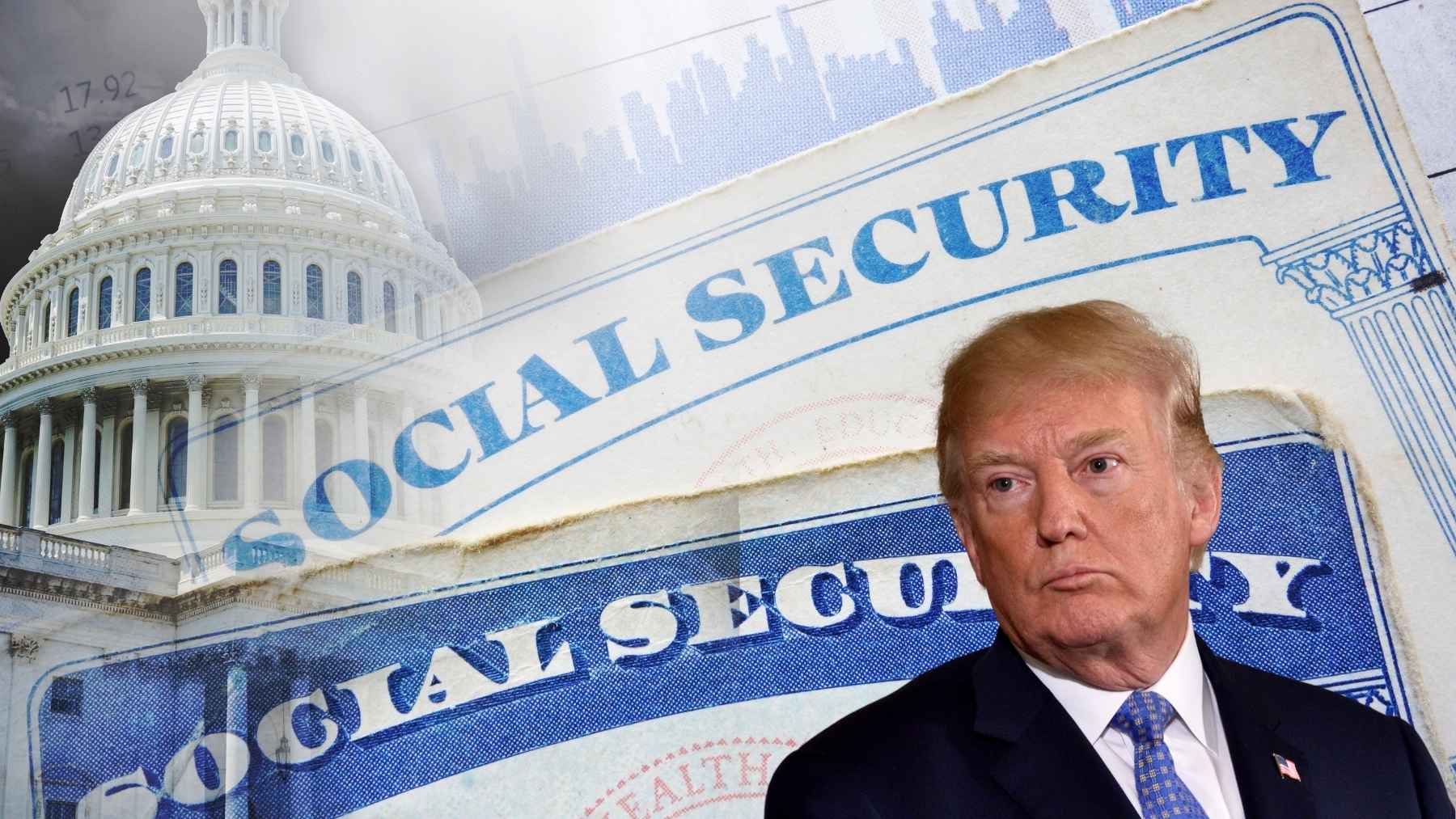Donald Trump’s administration proposed significant changes to Social Security, including new identity-verification measures. The goal was to improve system security and reduce fraud. These measures sparked debate because of their potential impact on Americans, especially vulnerable populations.
Announcement and Timeline
The Social Security Administration (SSA) announced a new identity-verification process on March 18, 2025. The changes were scheduled to take effect on April 1, 2025, but were later delayed to April 14, 2025 to allow time for adjustments and training.
Under the new rules, citizens applying for benefits or updating their direct-deposit information were required to verify their identities in person or via their online Social Security accounts. However, there were exceptions for Social Security Disability Insurance (SSDI), Medicare, and Supplemental Security Income (SSI); these could still be completed over the phone.
The Rationale Behind the Measures
The Trump administration said these measures were necessary to combat fraud and address inefficiencies within the department. Implementing stricter identity-verification standards was aimed at safeguarding beneficiaries and preventing identity theft, which had become a growing concern. All of these measures were part of a broader effort to improve transparency and the operational efficiency of the agency.
Impact on Vulnerable Populations
Although the measures were designed to improve security, concerns were raised about accessibility for vulnerable populations. Critics argued that visiting offices could be difficult for some citizens due to mobility issues, creating additional barriers for rural residents as well.
The SSA addressed these concerns by allowing phone applications for certain benefits. However, in-person visits are still required for citizens applying for Retirement, Survivors, or Auxiliary benefits.
Public Reaction and Backlash
The announcement generated widespread concern among advocacy groups, policymakers, and the public. Many critics highlighted logistical challenges and the potential negative impact on millions of Social Security recipients. There were calls for a more inclusive approach to policy changes, emphasizing the need for public input and clear communication.
The Future Ahead
The implementation of new identity-verification measures under the Trump administration underscores the complexity of changes within Social Security. Even though these steps are meant to enhance security, they also highlight the importance of ensuring beneficiaries are comfortable with the process. It is crucial to balance efficiency with accessibility and equity.
Beneficiaries are urged to stay informed and up to date on SSA changes. They should also make proactive decisions to safeguard their benefits.
Conclusion
The change was aimed at improving the security and efficiency of the system. Many concerns were raised about accessibility for vulnerable populations, including residents in rural areas and older adults. The requirement for in-person visits to SSA offices, combined with the challenges of navigating digital systems, underscored the need for a more inclusive approach.
The public’s reaction to these changes highlighted the importance of transparency. It is crucial for the agency to provide effective communication when policies change. Many advocacy groups and lawmakers identified the need for adjustments to ensure the changes do not adversely affect those who rely on Social Security benefits as a financial backbone.
As the SSA continues to update its policies, recipients should remain informed. Doing so will also help them determine whether they need assistance. Be sure to contact the SSA with any questions or concerns.

